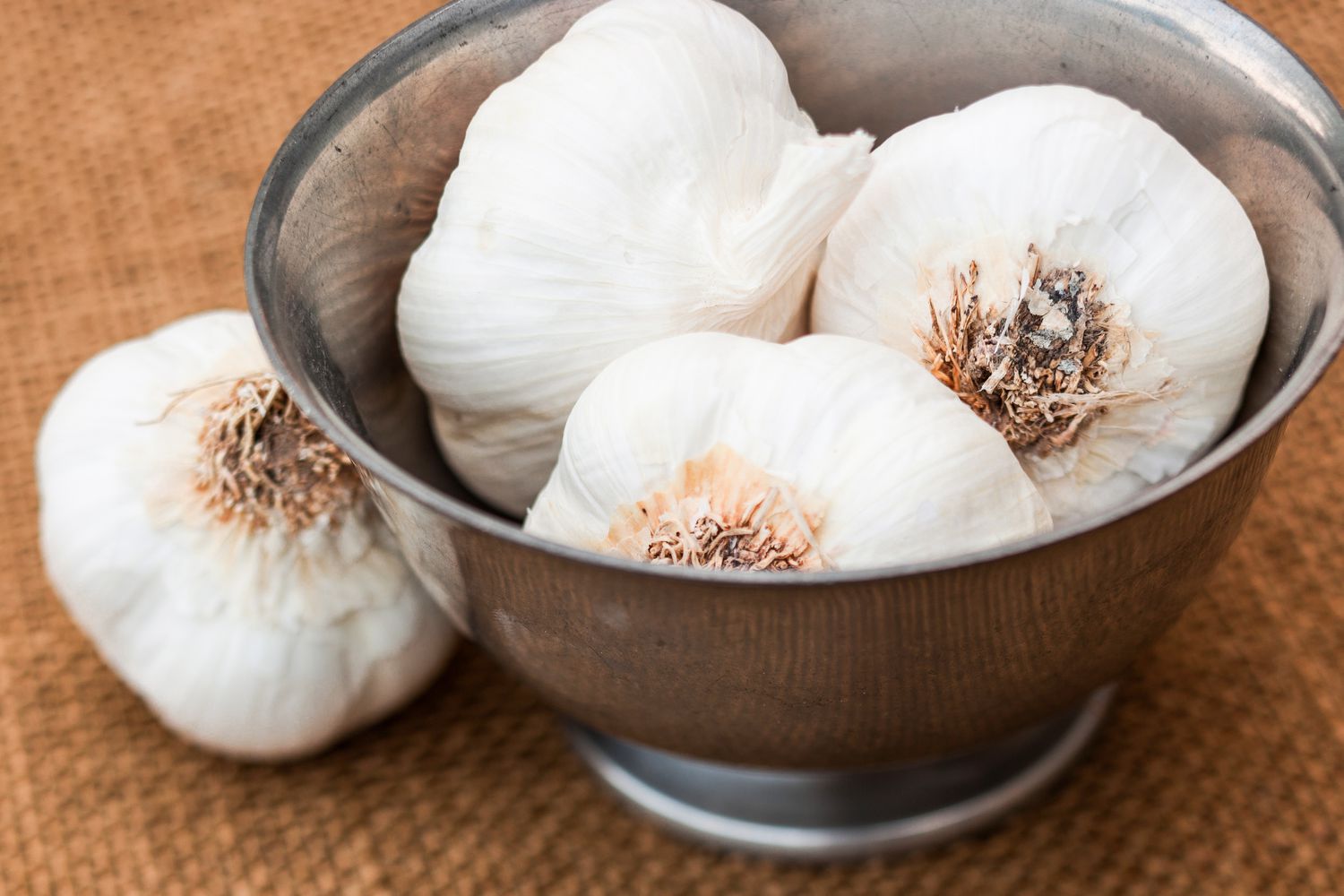

Articles
How To Store Garlic
Modified: February 23, 2024
Learn the best methods for storing garlic to maximize its shelf life and preserve its flavor with these helpful articles.
(Many of the links in this article redirect to a specific reviewed product. Your purchase of these products through affiliate links helps to generate commission for Storables.com, at no extra cost. Learn more)
Introduction
Garlic is a versatile ingredient that adds a distinct flavor and aroma to countless dishes. Whether you grow your own garlic or purchase it from a local market, proper storage is key to keep it fresh and flavorful for an extended period of time. Storing garlic correctly not only helps prevent it from sprouting or spoiling but also allows you to have a readily available supply of this delicious bulb at your fingertips.
In this article, we will guide you through the process of storing garlic to ensure its long-term freshness. From choosing the right garlic to preparing it for storage and maintaining the storage environment, we will cover all the essential steps to keep your garlic in prime condition.
So, let’s dive in and discover how to store garlic effectively, allowing you to enjoy the full flavor and benefits of this culinary superstar!
Key Takeaways:
- Preserve garlic’s freshness by choosing high-quality bulbs, harvesting at the right time, and properly curing and preparing for storage. Maintain optimal storage conditions to enjoy flavorful garlic in your culinary creations.
- Store garlic in well-ventilated containers, maintain cool temperatures, and monitor for sprouting and mold. Use stored garlic in cooking, infusions, spreads, and pickling to elevate your dishes with its robust flavor.
Read more: How To Store Minced Garlic
Choosing the Right Garlic
When it comes to storing garlic, starting with high-quality bulbs is crucial. Here are some considerations to keep in mind when choosing the right garlic:
- Variety: There are many different varieties of garlic, each with its own flavor profile and characteristics. Some popular varieties include Hardneck, Softneck, and Elephant garlic. Choose a variety that suits your taste preferences and culinary needs.
- Size: Look for bulbs that are firm and plump, with tightly wrapped cloves. Avoid bulbs with soft spots or excessive moisture, as these may be an indication of spoilage.
- Freshness: Opt for recently harvested garlic whenever possible. Check for any signs of sprouting, as this can affect the storage life of the garlic.
By selecting the right garlic, you set a solid foundation for successful storage and ultimately, delicious meals.
Harvesting Garlic
Harvesting garlic is an exciting and rewarding part of the growing process. The timing of the harvest plays a significant role in the storage potential of the garlic bulbs. Follow these steps to ensure a successful harvest:
- Watch for cues: Keep an eye on your garlic plants as they mature. The leaves will start to turn yellow and dry out, indicating that it’s time to harvest.
- Choose a dry day: It’s best to harvest garlic on a dry day to minimize moisture on the bulbs. Moisture can increase the risk of rot during storage.
- Loosen the soil: Gently loosen the soil around each garlic bulb using a garden fork or a shovel. Be careful not to damage the bulbs in the process.
- Lift carefully: Carefully lift the garlic bulbs from the ground, making sure to remove any excess soil without removing the protective outer layers of the bulbs.
- Cure the garlic: Once harvested, it’s essential to cure the garlic before storing it. This process helps to dry out the outer layers and promotes longer storage life.
By harvesting garlic at the right time and following proper curing techniques, you can optimize the storage potential of your garlic bulbs and enjoy their freshness for months to come.
Curing Garlic
Curing garlic is a crucial step in the storage process as it helps to extend its shelf life and enhance its flavor. Follow these steps to properly cure your freshly harvested garlic:
- Trim the leaves: Trim the leaves of the garlic bulbs, leaving about an inch of the stem attached. This practice helps prevent moisture loss during the curing process.
- Avoid washing: Unlike some vegetables, garlic should not be washed after harvesting. Instead, gently brush off any excess soil, being careful not to damage the bulbs.
- Dry in a well-ventilated area: Hang the garlic in a well-ventilated area, such as a cool and dry location or a well-ventilated shed. Use twine or string to tie the garlic bulbs together and hang them upside down.
- Avoid direct sunlight: Ensure that the garlic bulbs are not exposed to direct sunlight during the curing process, as this can cause them to overheat and potentially spoil.
- Allow proper airflow: Make sure there is adequate airflow around the curing garlic to facilitate the drying process. This helps the outer layers to dry out evenly, reducing the risk of mold or rot.
- Monitor the progress: It usually takes about two to three weeks for garlic to properly cure. During this time, regularly check the bulbs for any signs of mold or spoilage.
- Store in a cool, dry place: Once the garlic bulbs have fully cured, remove them from the hanging position and trim the roots. Store them in a cool, dry place away from direct sunlight.
Properly cured garlic will have a papery outer layer and a firm texture. It’s now ready for long-term storage, allowing you to enjoy its incredible flavor and aroma in your favorite recipes.
Preparing Garlic for Storage
Before you store garlic, it’s important to properly prepare it to ensure optimal storage conditions. Follow these steps to prepare your garlic for storage:
- Remove excess dirt: Use a soft brush or a clean cloth to gently remove any remaining dirt or debris from the garlic bulbs.
- Inspect for damage: Carefully inspect each bulb for any signs of damage or disease. Remove any cloves that are soft, moldy, or showing signs of rot.
- Leave the outer layer intact: Keep the papery outer layer of the garlic bulbs intact. This layer acts as a protective barrier and helps prevent moisture loss.
- Trim the roots: Trim the roots of the garlic bulbs, leaving about a quarter-inch of the stem attached. This helps maintain the integrity of the bulbs and prevents unnecessary moisture loss.
- Do not peel: Avoid peeling the individual cloves of garlic before storing. The outer layers provide an additional protective layer, keeping the inner cloves fresh.
By properly preparing your garlic for storage, you create an ideal environment for the bulbs to stay fresh, flavorful, and ready to use whenever you need them.
Store garlic in a cool, dry place with good air circulation, such as a pantry or a mesh bag hung in a well-ventilated area. Avoid storing in the refrigerator, as it can cause sprouting and mold.
Read more: How To Store Black Garlic
Storing Garlic
Now that your garlic bulbs are cured and prepared, it’s time to focus on proper storage to maintain their freshness and flavor. Here are some key tips for storing garlic:
- Choose the right container: Opt for a container that allows air circulation, such as a mesh bag, a wire basket, or a well-ventilated wooden crate. Avoid storing garlic in plastic bags or airtight containers, as this can promote moisture buildup and lead to spoilage.
- Keep it cool: Garlic prefers cool storage temperatures, ideally between 50-60°F (10-15°C). Avoid storing garlic near heat sources or in areas that experience high humidity, as this can cause premature sprouting or spoilage.
- Avoid direct sunlight: Keep your stored garlic away from direct sunlight, as it can degrade the quality and flavor of the bulbs.
- Maintain proper humidity: Aim for a humidity level of around 60-70% to prevent the garlic from drying out or becoming too moist. You can achieve this by placing a tray of water near the garlic or using a humidifier if needed.
- Separate damaged bulbs: If you notice any garlic bulbs that are damaged or showing signs of rot, remove them from the storage container immediately to prevent the spread of spoilage to other bulbs.
Following these storage guidelines will help prolong the shelf life and preserve the flavor of your garlic bulbs, ensuring that they remain fresh and ready to use whenever you need them in your culinary creations.
Monitoring and Maintaining Garlic Storage
Proper monitoring and maintenance are key to ensuring the long-term storage of garlic. By regularly checking on the garlic and making necessary adjustments, you can prevent spoilage and extend its shelf life. Here are some important tips for monitoring and maintaining garlic storage:
- Check for sprouting: Occasionally inspect your stored garlic for any signs of sprouting. If you notice sprouts emerging from the cloves, remove those cloves and use them promptly, as they may start to develop a bitter taste.
- Remove moldy cloves: Mold can spread quickly and affect other garlic bulbs. If you come across any cloves with mold, immediately remove them from the storage container to prevent further contamination.
- Monitor temperature and humidity: Regularly check the temperature and humidity levels in the storage area. Maintain a cool temperature range of 50-60°F (10-15°C) and a humidity level of 60-70% for optimal storage conditions.
- Allow for airflow: Ensure that there is ample airflow around the garlic bulbs. Avoid crowding the storage container and consider using perforated bags or containers to allow for proper ventilation.
- Rotate your stock: To prevent any garlic from going bad, make sure to use your stored garlic in a first-in, first-out manner. This means using the older bulbs before the newer ones to ensure they are used while still at their peak freshness.
By actively monitoring and taking necessary precautions, you can maintain the quality and flavor of your stored garlic, allowing you to enjoy its culinary benefits for an extended period of time.
Using Stored Garlic
Now that you have successfully stored your garlic and maintained its freshness, it’s time to put it to good use in your culinary creations! Here are some ways to use your stored garlic:
- Cooking: Garlic is a staple ingredient in countless recipes. Use it to add flavor and depth to sauces, marinades, stir-fries, roasted vegetables, and soups. Crush, mince, or finely chop the garlic cloves depending on your desired intensity of flavor.
- Infused oils and dressings: Create your own garlic-infused oils or dressings by combining garlic with your preferred oil or vinegar. Let the flavors meld together by allowing the garlic to steep for a few days, then use the infused oil or dressing to elevate your dishes.
- Spreads and dips: Blend roasted garlic cloves with butter or cream cheese to make a delicious spread for bread or crackers. Alternatively, puree garlic with chickpeas and tahini to make creamy homemade hummus.
- Pickling and fermenting: Take advantage of the unique flavors of garlic by pickling or fermenting it. Add pickled garlic to antipasto platters or use fermented garlic in kimchi or sauerkraut recipes.
- Herb and spice blends: Combine garlic with other herbs and spices to create flavorful blends such as garlic-herb seasoning or garlic-chili powder. These blends can be used as a dry rub for meats or as a seasoning for vegetables.
Experiment with different recipes and techniques to make the most of your stored garlic. Remember, garlic is a versatile ingredient that can enhance the taste of a wide range of dishes, so get creative and enjoy the robust flavors it adds to your meals.
Conclusion
Storing garlic properly is essential for preserving its freshness, flavor, and quality. By following the steps outlined in this article, you can ensure that your garlic bulbs remain in prime condition for an extended period of time. From choosing the right garlic bulbs and harvesting them at the right time to curing, preparing, and storing them, each step plays a crucial role in maintaining the garlic’s integrity.
Remember to monitor the storage conditions, including temperature and humidity levels, and regularly check for any signs of sprouting or mold. By taking proactive measures, you can prevent spoilage and enjoy the full benefits of your stored garlic.
When it comes time to use your stored garlic, let it shine in a variety of culinary creations. Whether it’s adding depth to savory dishes, infusing oils and dressings with flavor, or creating delicious spreads and dips, the versatility of garlic knows no bounds.
So, embark on your garlic-storing journey with confidence, knowing that you have the knowledge and skills to properly store this flavorful bulb. With proper care and attention, you can always have fresh garlic at hand, ready to elevate your cooking to new heights.
Happy cooking and enjoy the incredible flavors of your stored garlic!
Frequently Asked Questions about How To Store Garlic
Was this page helpful?
At Storables.com, we guarantee accurate and reliable information. Our content, validated by Expert Board Contributors, is crafted following stringent Editorial Policies. We're committed to providing you with well-researched, expert-backed insights for all your informational needs.
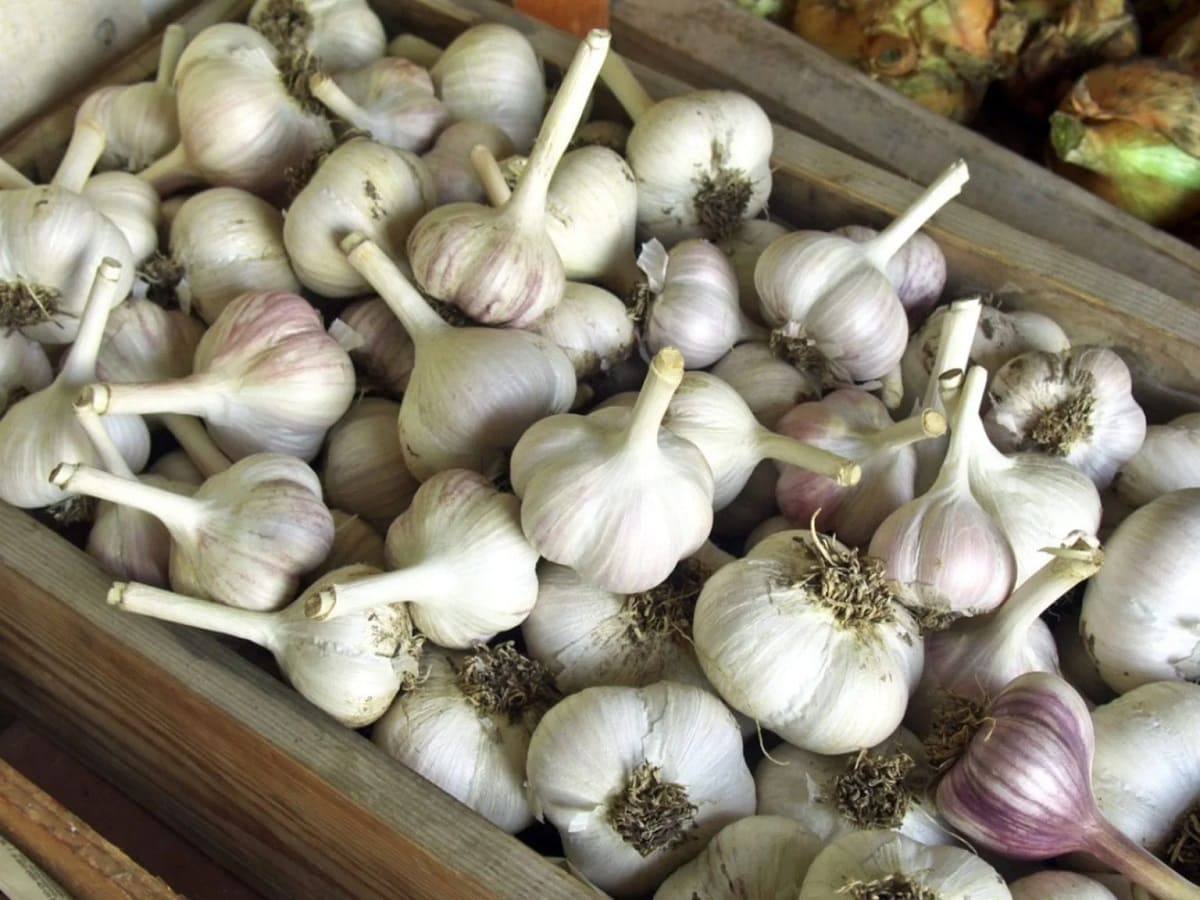
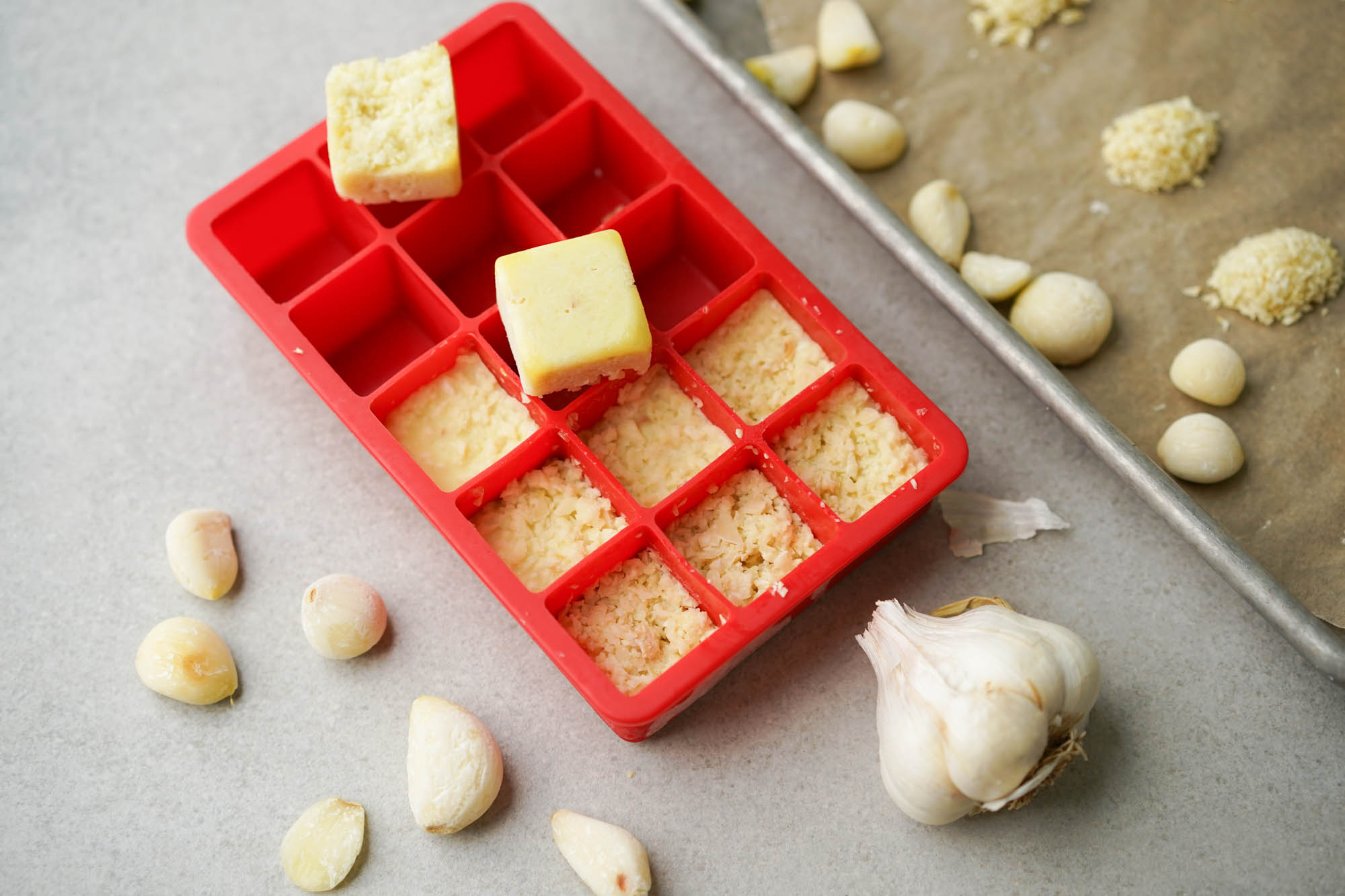
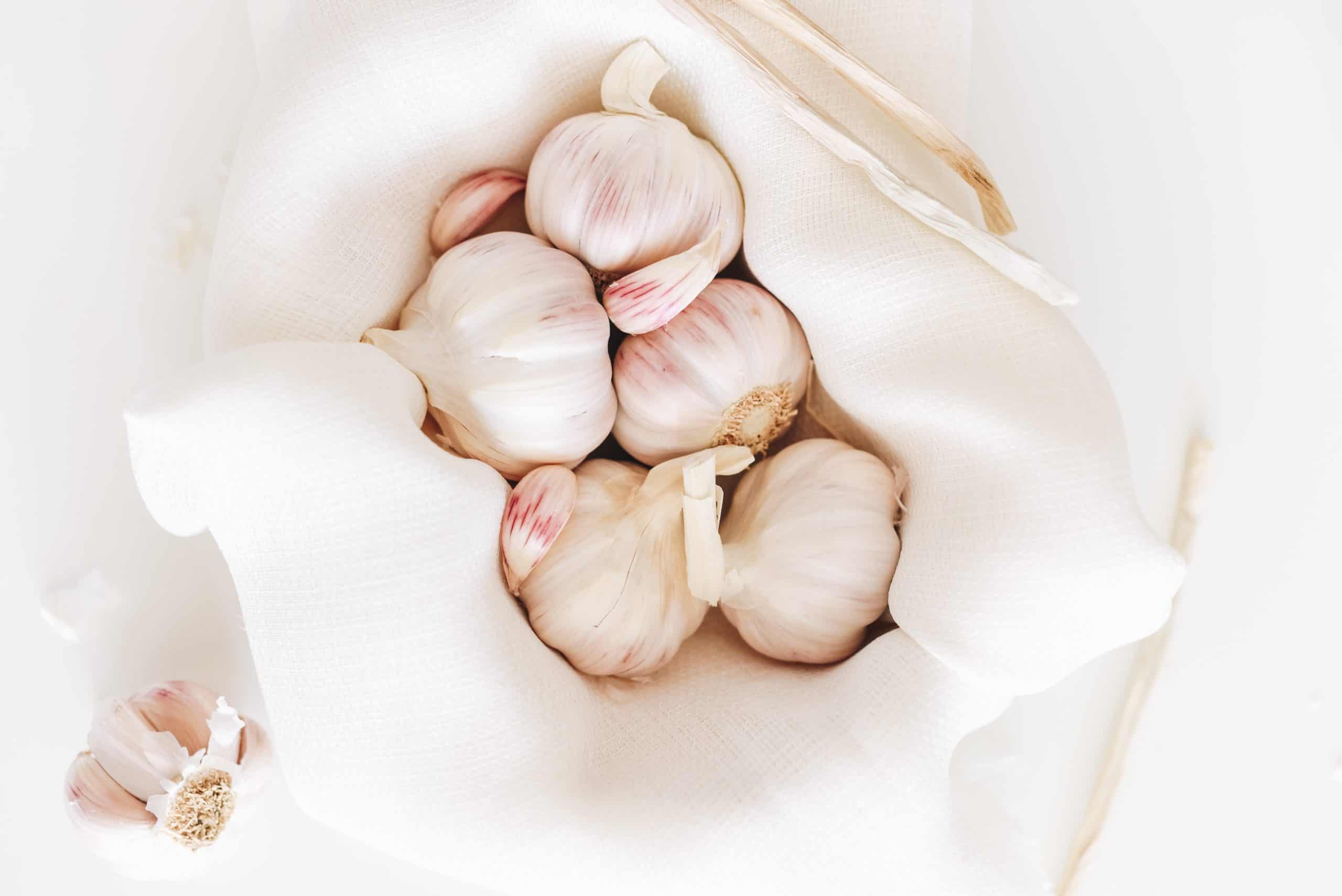
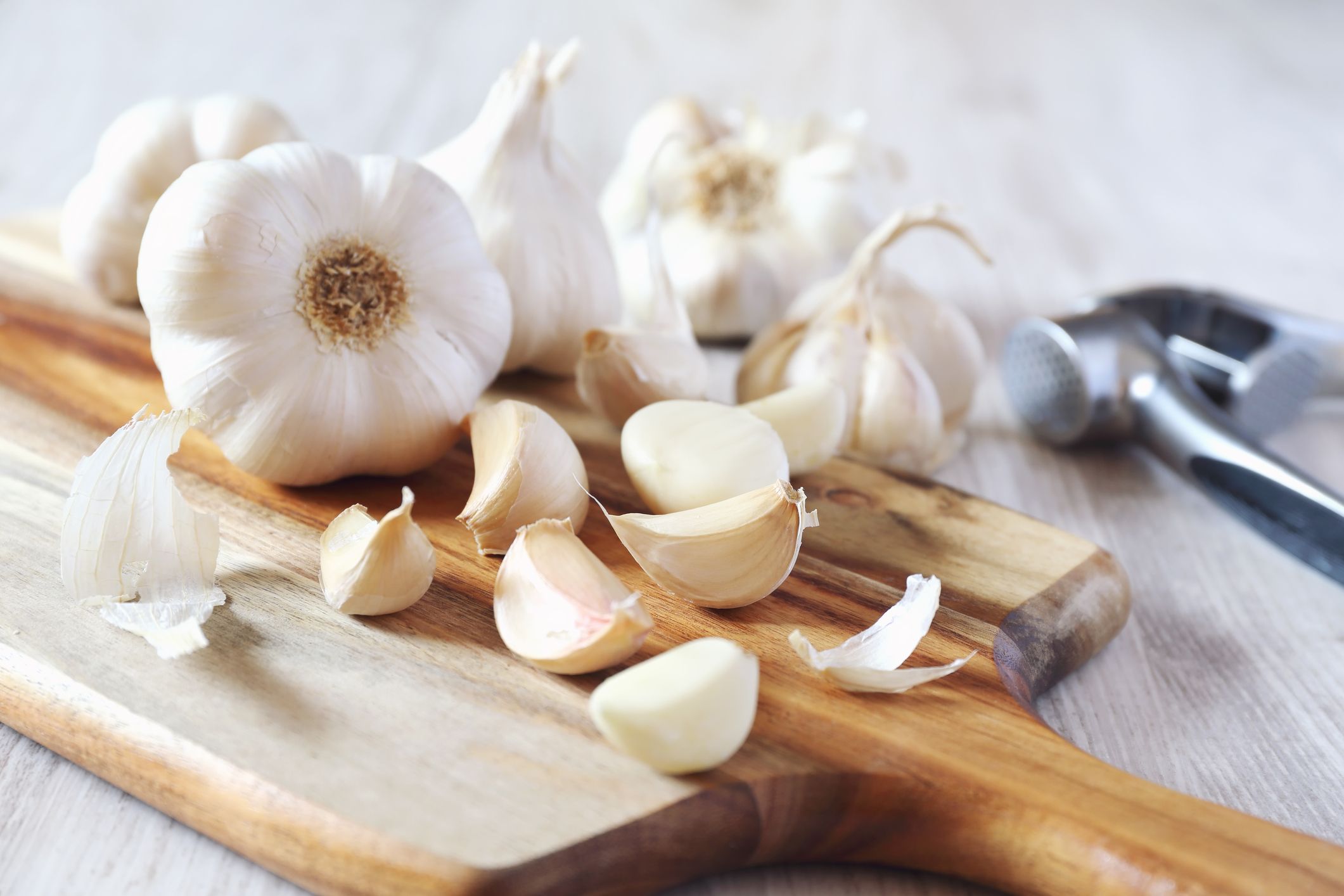
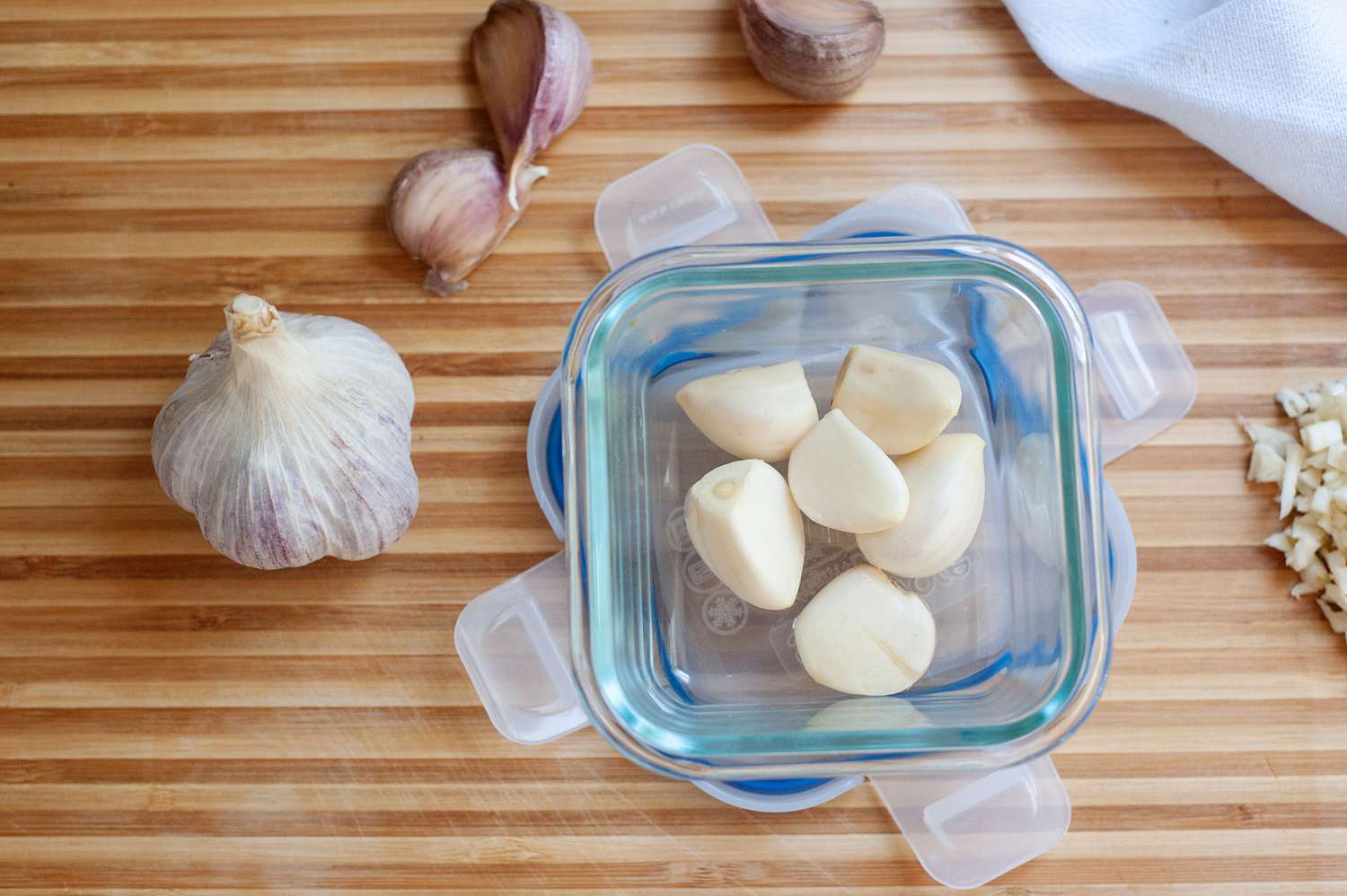
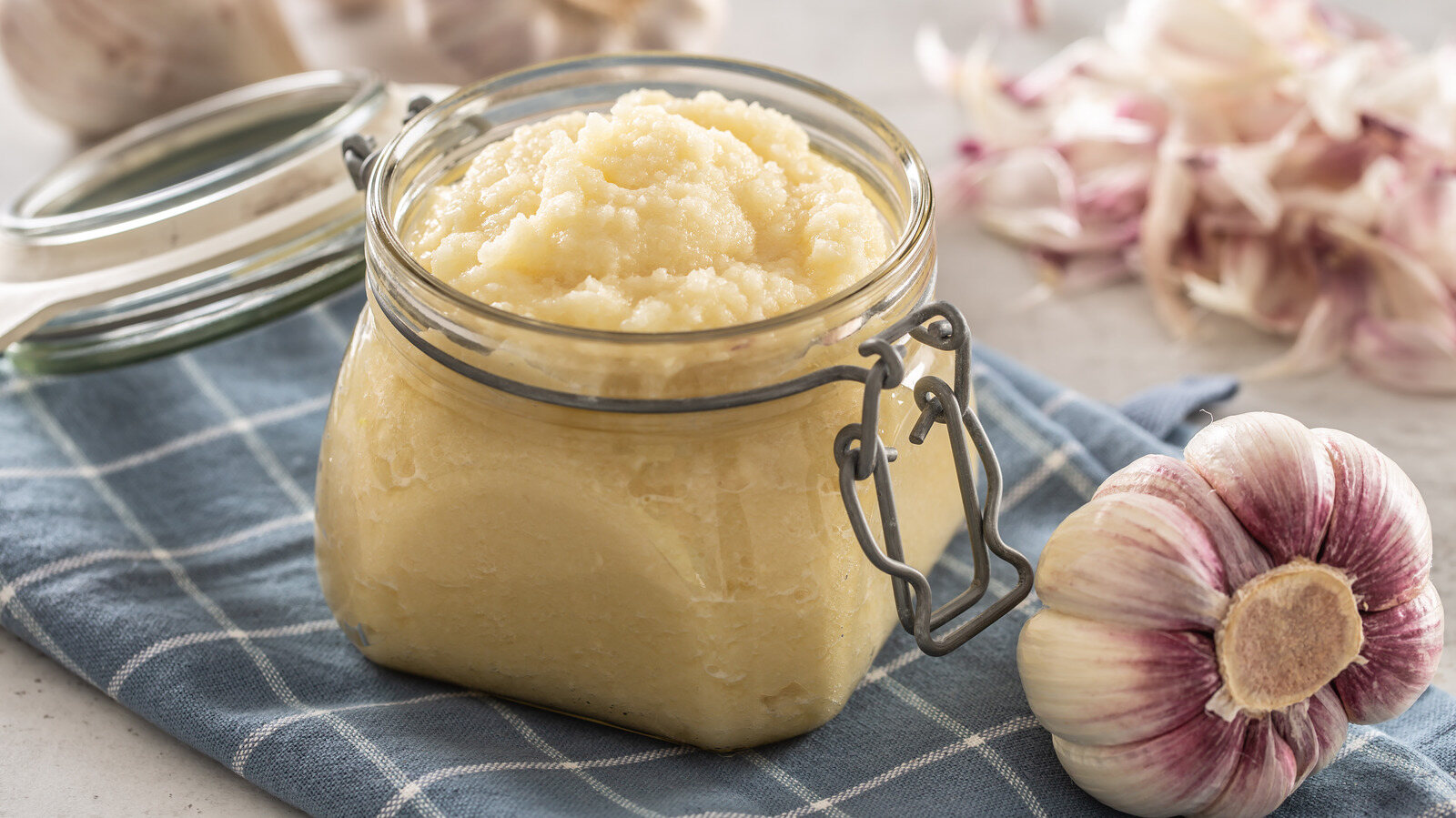
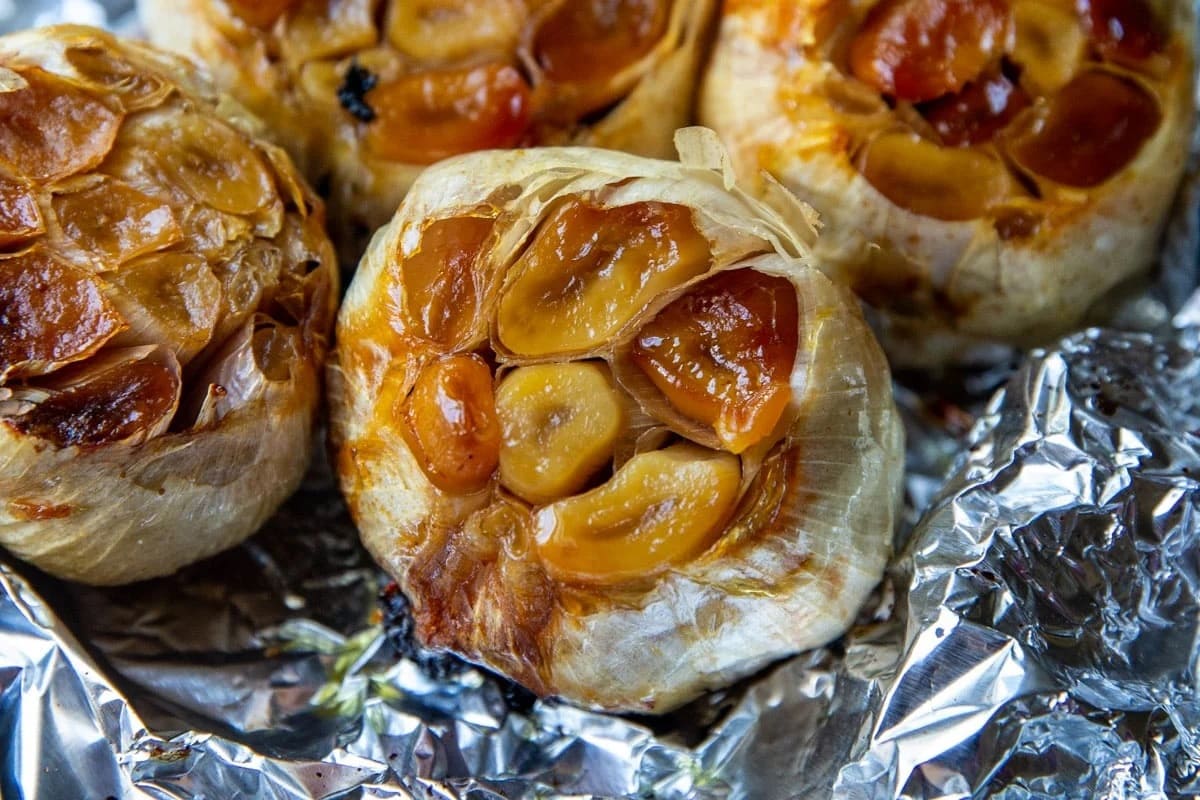
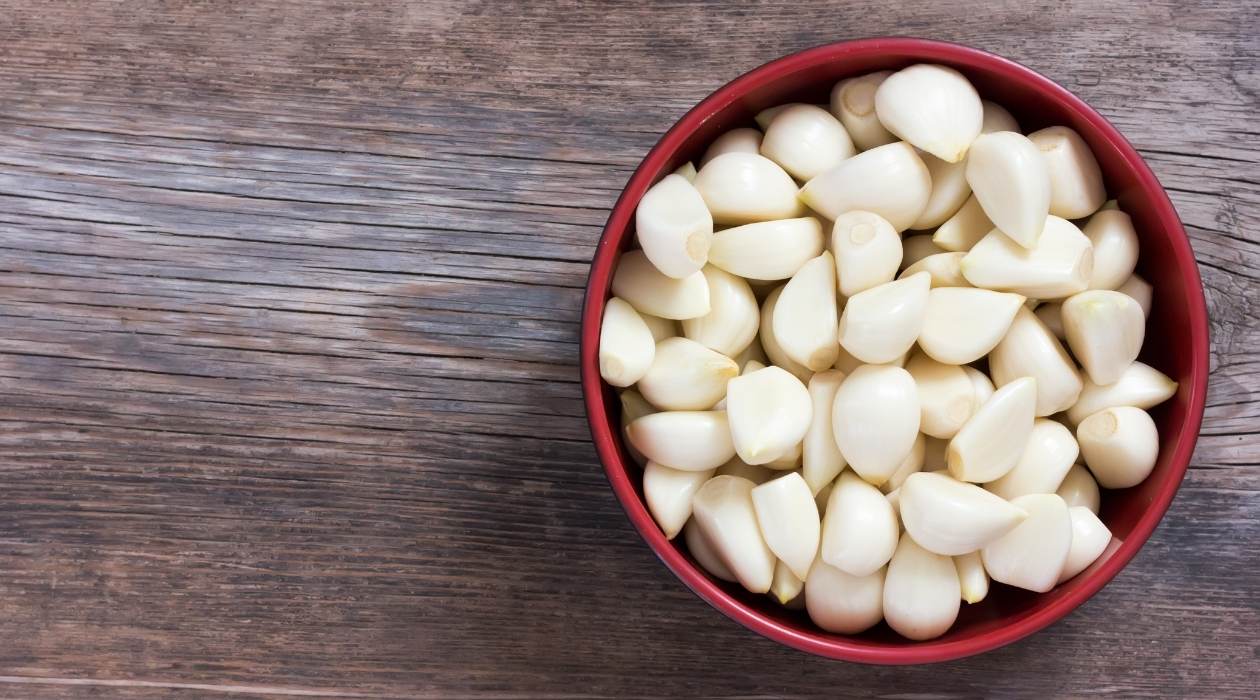
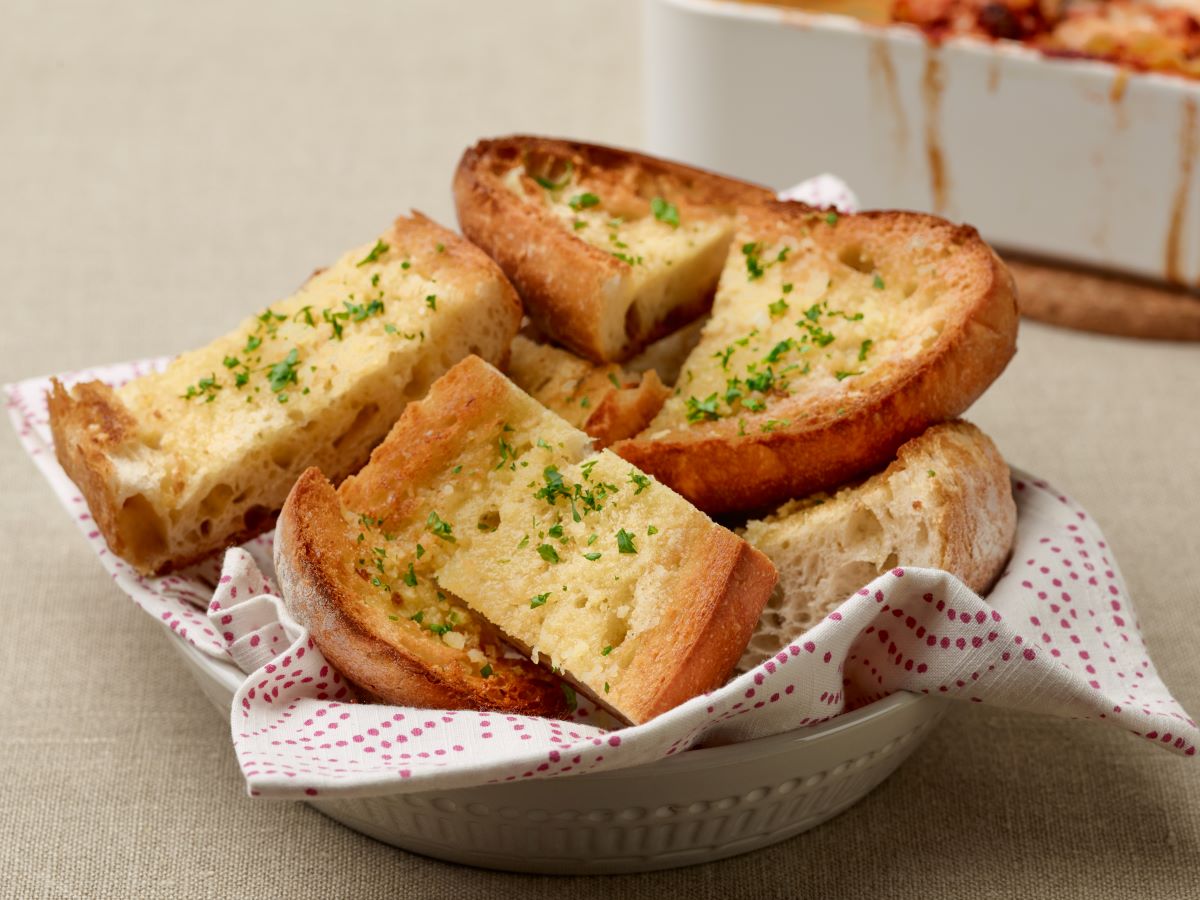
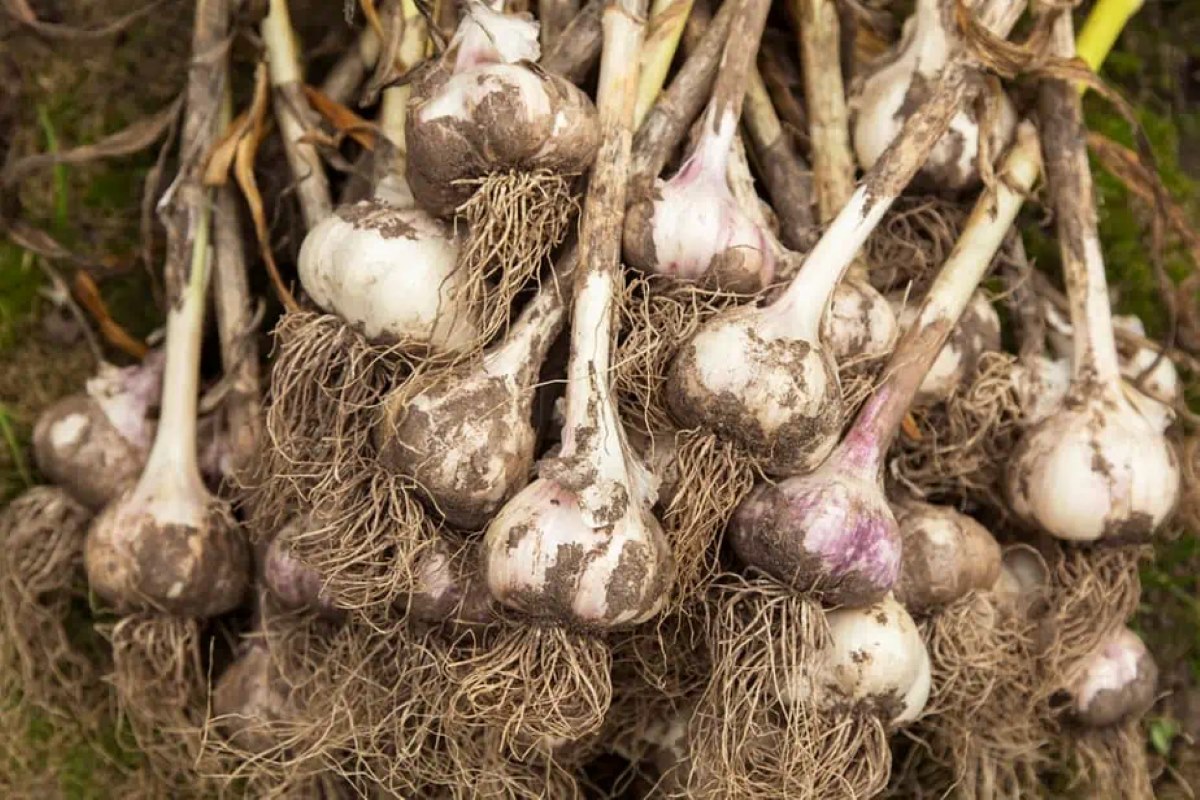
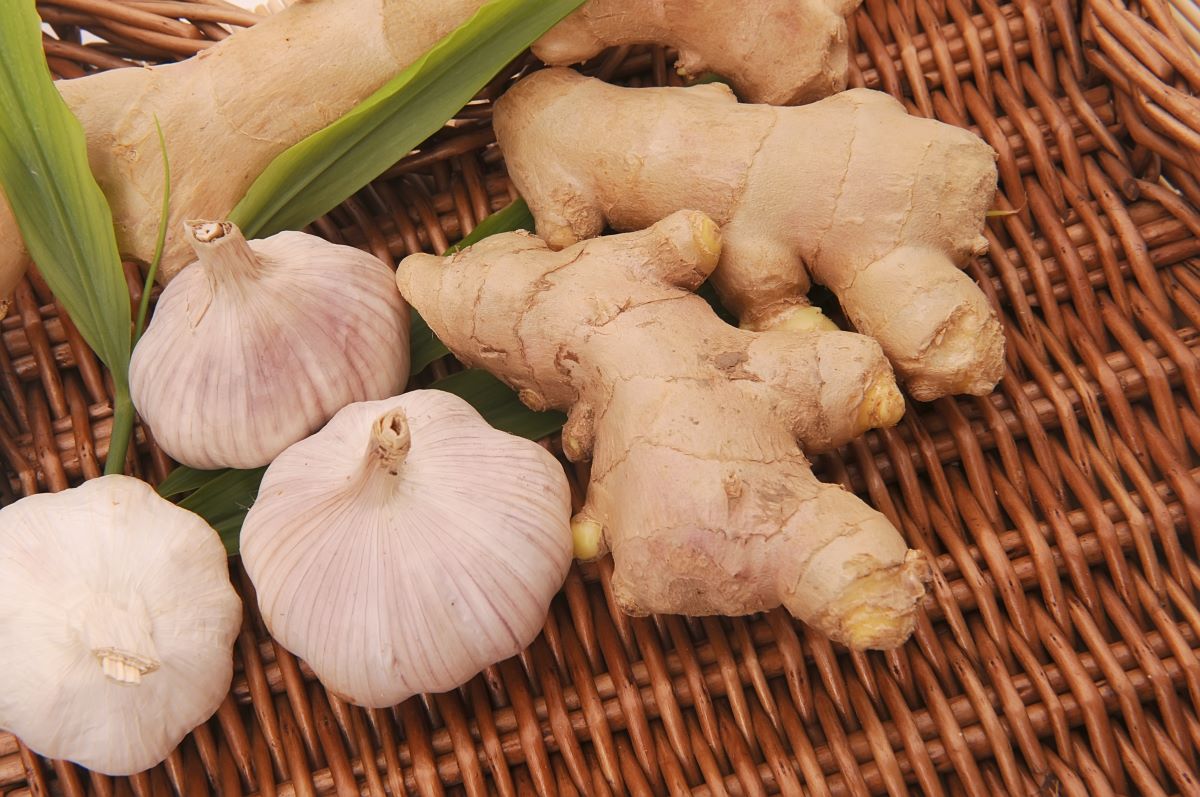
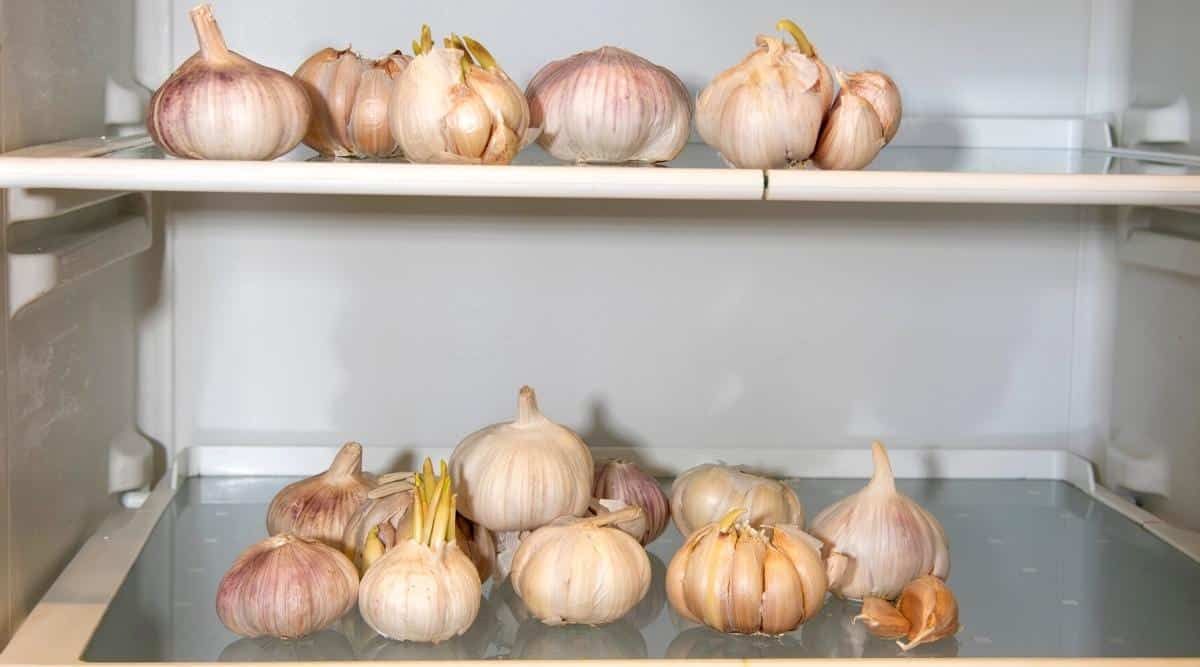
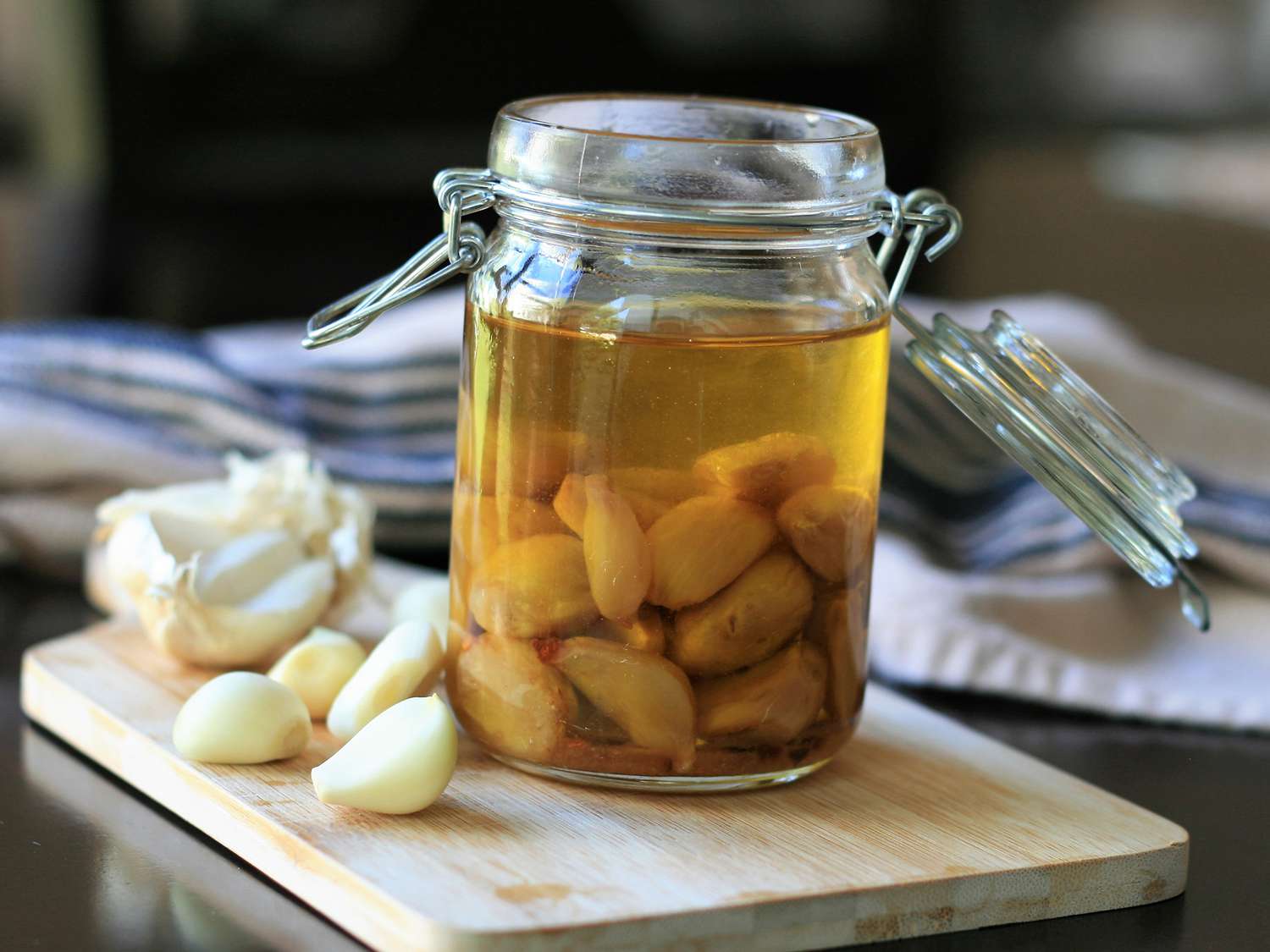
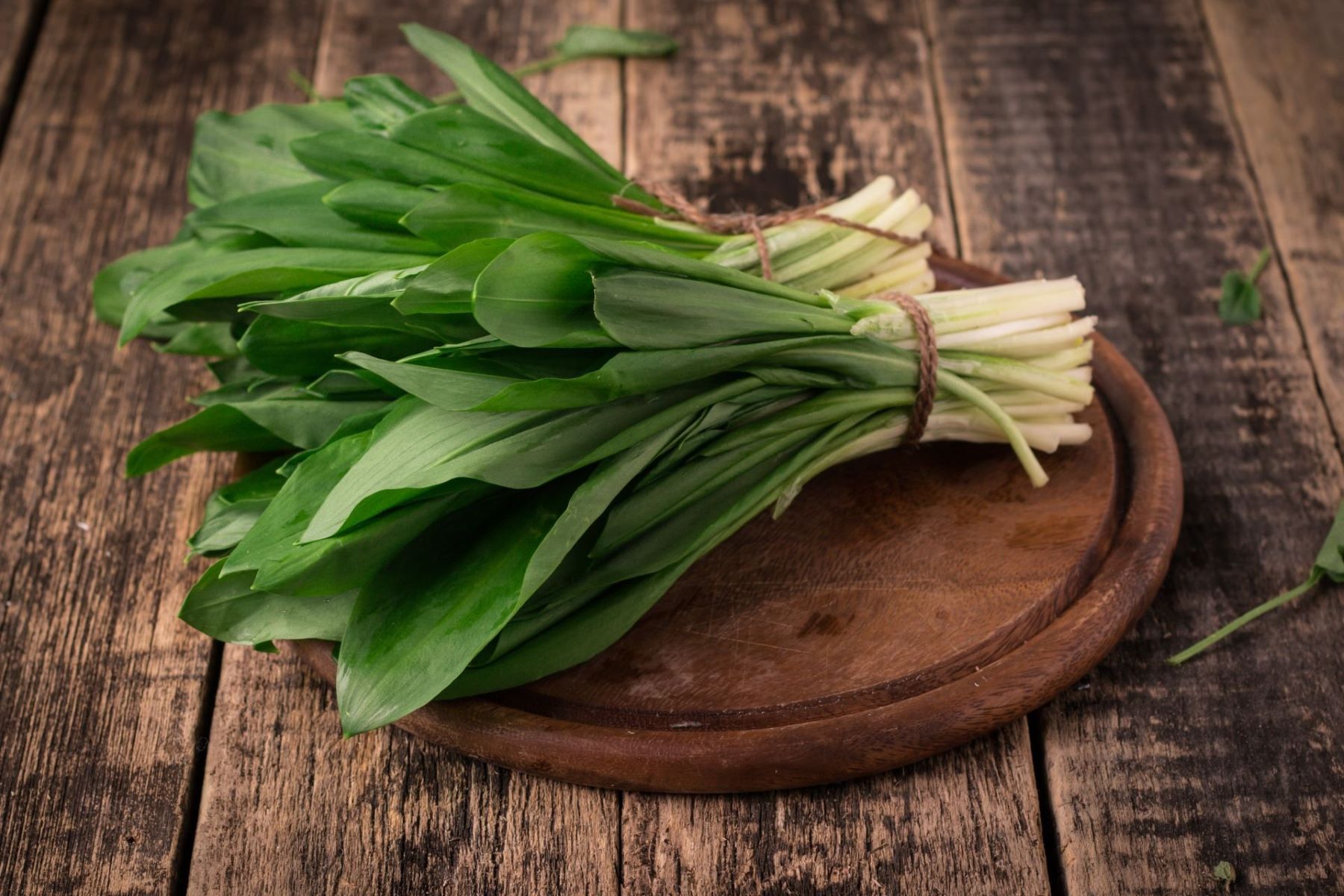

0 thoughts on “How To Store Garlic”